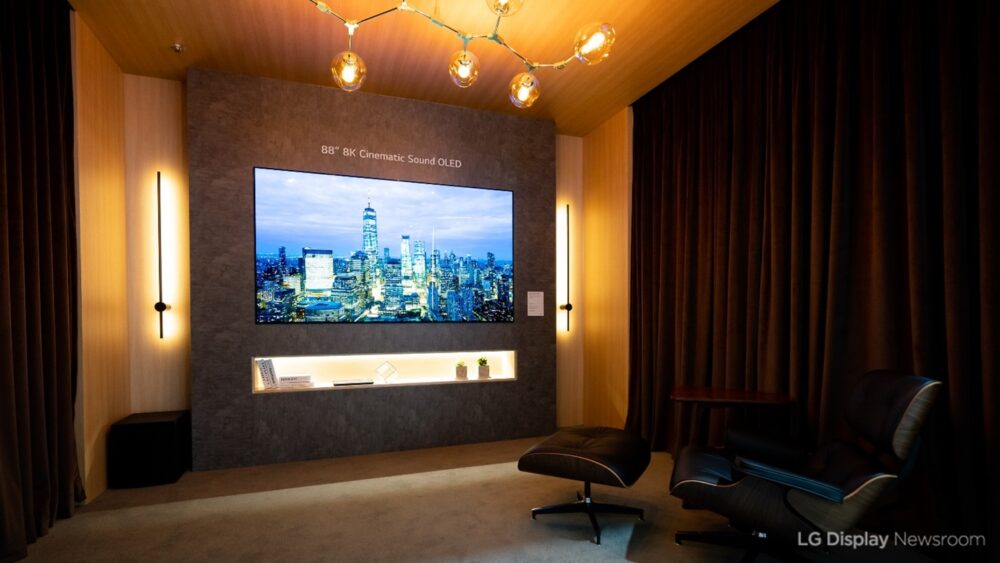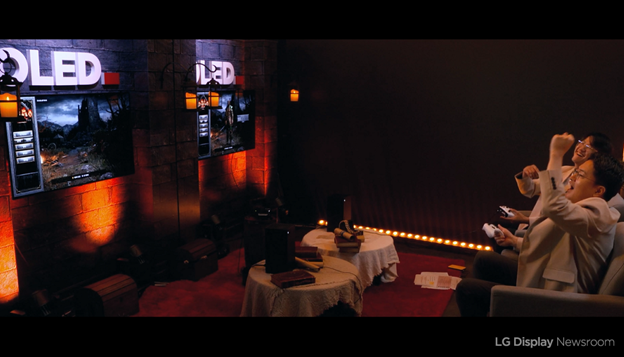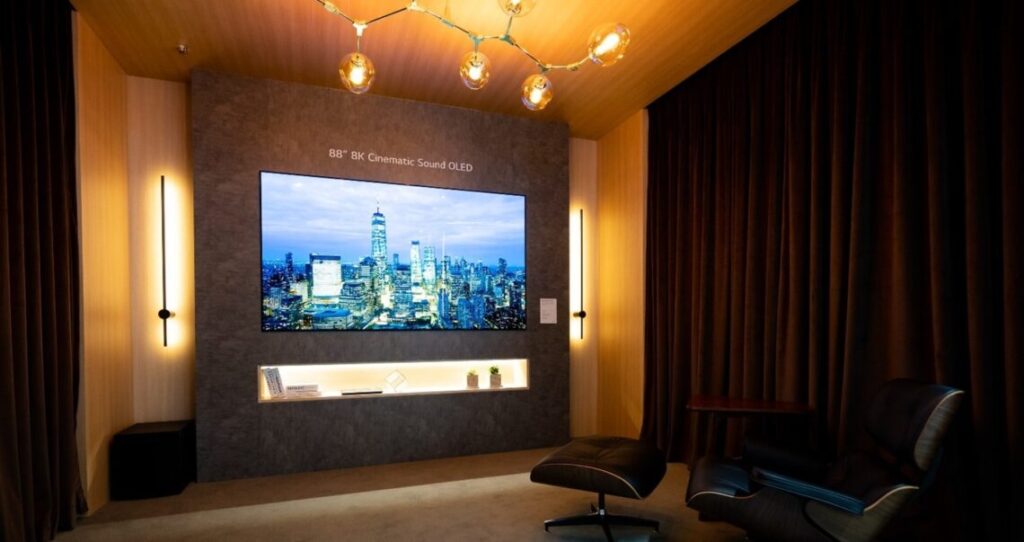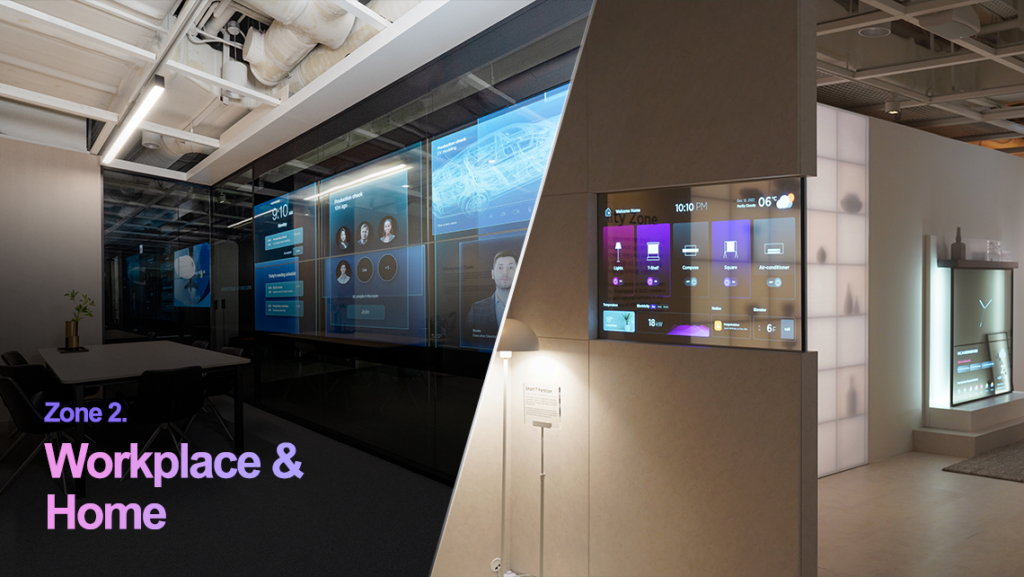By Alex Jensen –
What a year 2021 has been for OLED TVs! It’s been a pleasure to write columns for the LG Display Newsroom over the last few months, and as I started to ponder my personal highlights, I soon realized I might need a longer list. But I decided to stick with a “Top 3” in order to allow these memorable breakthroughs to shine.
So, as we approach 2022 — I can’t believe CES is already upon us again – let’s take a look at some of the past year’s biggest trends for the television world’s most exciting technology.
OLEDs going mainstream

When I wrote my first OLED column, it was clear that there was a trend of more people upgrading their entertainment options while spending more time at home due to the global pandemic. But even after pandemic-related sales wore off and overall TV shipments started to fall during the second half of the year, OLEDs maintained their own upward curve.
That’s why, back in March, global market watcher Omdia expected OLED TV shipments to reach 5.6 million units this year, which would have been a 60% jump from 2020, but by November that forecast had been upgraded to a 78% sales increase, amounting to 6.5 million shipments.
With OLEDs taking up a larger share of the TV market the technology is now part of the mainstream. Moreover, among premium TVs priced over US$1,500, OLEDs accounted for a record high 35.8% of shipments in the third quarter of this year, according to this recent Korean report – and it’s expected OLED TVs will have broken the 40% barrier once we have complete data for Q4.
Given how sales have continuously outstripped expectations for OLED TVs this year, it’s not unrealistic to expect last year’s shipments to have doubled when we get the final 2021 tally. So, to my mind, this year’s incredible sales leap is a huge highlight for OLED TVs.
Gamers immersing themselves in the OLED experience

Moving on to gaming, this year has seen a rush of articles and videos celebrating the advantages that have led gamers to fall in love with OLED TVs. They now have the features that gamers are looking for in response times, smoothness, and clear color contrast. The fact that OLED TVs are easy on the eyes is certainly an added bonus for gamers.
The clincher that’s really made OLEDs accessible to gamers is the 48-inch option, the smallest OLED TV currently on the market. 48 inches might not seem vast for a larger living room, but it’s plenty for most gamers, who have long made do with much smaller LCD monitors. Since being introduced in Q2 of last year, 48-inch OLEDs have been a massive hit, with TV sales set to quadruple to 683,000 this year, according to Omdia data cited by this Korean media outlet.
Beyond the numbers, there was further evidence for gamers’ love for OLED TVs at an event held in line with the release of Diablo II: Resurrected. Remastered gameplay and graphics shone on OLED displays, with 1.34 million viewers enjoying the spectacle. Also, the validation received by LG Display’s OLED TV panels in October – the Qualified Superior Gaming Performance certification from Britain’s Intertek and the High Gaming Performance Gold certification from Germany’s TÜV Rheinland – is another appealing factor to this demographic.
Digital artists exploring the creative potential of OLED

Artists are another demographic that have become attracted to OLED.
When I had the opportunity to visit BULGARI Colors at Seoul Arts Center in July, it was a real eye-opener on multiple levels – firstly, as a visually stunning exhibition, and secondly, because it allowed me to view OLED displays in a whole new way.
In particular, it’s fascinating to see how the various form factors of OLED displays can combine to create art. Transparent OLEDs seem especially versatile in this regard, as demonstrated by an impressive installation at BULGARI Colors as well as another at London’s 180 The Strand, where several 55-inch Transparent OLEDs overlapped to depict the life cycle of the peony. Again recently, an exhibition at the Smithsonian got in on the Transparent OLED art act.
The versatile form factors, along with those self-emissive pixels, make OLED displays a digital artist’s dream. The most vivid creations of the imagination make their way onto OLEDs as the artist – or machine – intended. I make this ‘machine’ reference because Berlin’s König Galerie just hosted Refik Anadol’s MACHINE HALLUCINATIONS: NATURE DREAMS exhibition, where OLEDs demonstrated the intricate beauty of art through data.
No other display can act like a canvas for art quite like OLED displays. OLED can be transparent or opaque, come in different shapes and sizes, be bent or folded, bright or completely black, and all while maintaining a very fine resolution. OLED is quite frankly advancing what is possible in art, bringing to life some things that could only be found in dreams.
OLED is showing us a glimpse of tomorrow with its futuristic display technology that appeals to a variety of different types of display users and I can only look forward to what new beauty and art can be shown next with it as a medium.










